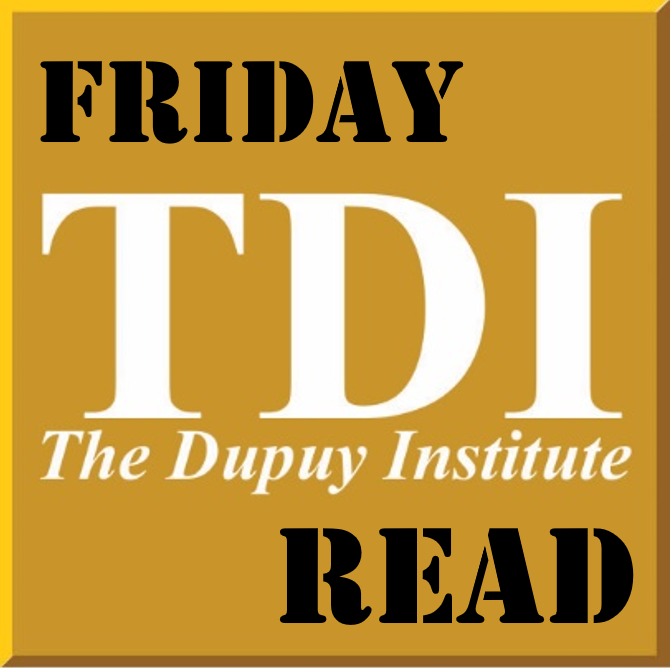 Between 2001 and 2004, TDI undertook a series of studies on the effects of urban combat in cities for the U.S. Army Center for Army Analysis (CAA). These studies examined a total of 304 cases of urban combat at the divisional and battalion level that occurred between 1942 and 2003, as well as 319 cases of concurrent non-urban combat for comparison.
Between 2001 and 2004, TDI undertook a series of studies on the effects of urban combat in cities for the U.S. Army Center for Army Analysis (CAA). These studies examined a total of 304 cases of urban combat at the divisional and battalion level that occurred between 1942 and 2003, as well as 319 cases of concurrent non-urban combat for comparison.
The primary findings of Phases I-III of the study were:
- Urban terrain had no significantly measurable influence on the outcome of battle.
- Attacker casualties in the urban engagements were less than in the non-urban engagements and the casualty exchange ratio favored the attacker as well.
- One of the primary effects of urban terrain is that it slowed opposed advance rates. The average advance rate in urban combat was one-half to one-third that of non-urban combat.
- There is little evidence that combat operations in urban terrain resulted in a higher linear density of troops.
- Armor losses in urban terrain were the same as, or lower than armor losses in non-urban terrain. In some cases it appears that armor losses were significantly lower in urban than non-urban terrain.
- Urban terrain did not significantly influence the force ratio required to achieve success or effectively conduct combat operations.
- Overall, it appears that urban terrain was no more stressful a combat environment during actual combat operations than was non-urban terrain.
- Overall, the expenditure of ammunition in urban operations was not greater than that in non-urban operations. There is no evidence that the expenditure of other consumable items (rations; water; or fuel, oil, or lubricants) was significantly different in urban as opposed to non-urban combat.
- Since it was found that advance rates in urban combat were significantly reduced, then it is obvious that these two effects (advance rates and time) were interrelated. It does appear that the primary impact of urban combat was to slow the tempo of operations.
In order to broaden and deepen understanding of the effects of urban combat, TDI proposed several follow-up studies. To date, none of these have been funded:
- Conduct a detailed study of the Battle of Stalingrad. Stalingrad may also represent one of the most intense examples of urban combat, so may provide some clues to the causes of the urban outliers.
- Conduct a detailed study of battalion/brigade-level urban combat. This would begin with an analysis of battalion-level actions from the first two phases of this study (European Theater of Operations and Eastern Front), added to the battalion-level actions completed in this third phase of the study. Additional battalion-level engagements would be added as needed.
- Conduct a detailed study of the outliers in an attempt to discover the causes for the atypical nature of these urban battles.
- Conduct a detailed study of urban warfare in an unconventional warfare setting.
Details of the Phase I-III study reports and conclusions can be found below:
Measuring the Effects of Combat in Cities, Phase II – part 1
Measuring the Effects of Combat in Cities, Phase II – part 2
Measuring the Effects of Combat in Cities, Phase III – part 1
Measuring the Effects of Combat in Cities, Phase III – part 2
Measuring the Effects of Combat in Cities, Phase III – part 2.1
Measuring the Effects of Combat in Cities, Phase III – part 3
